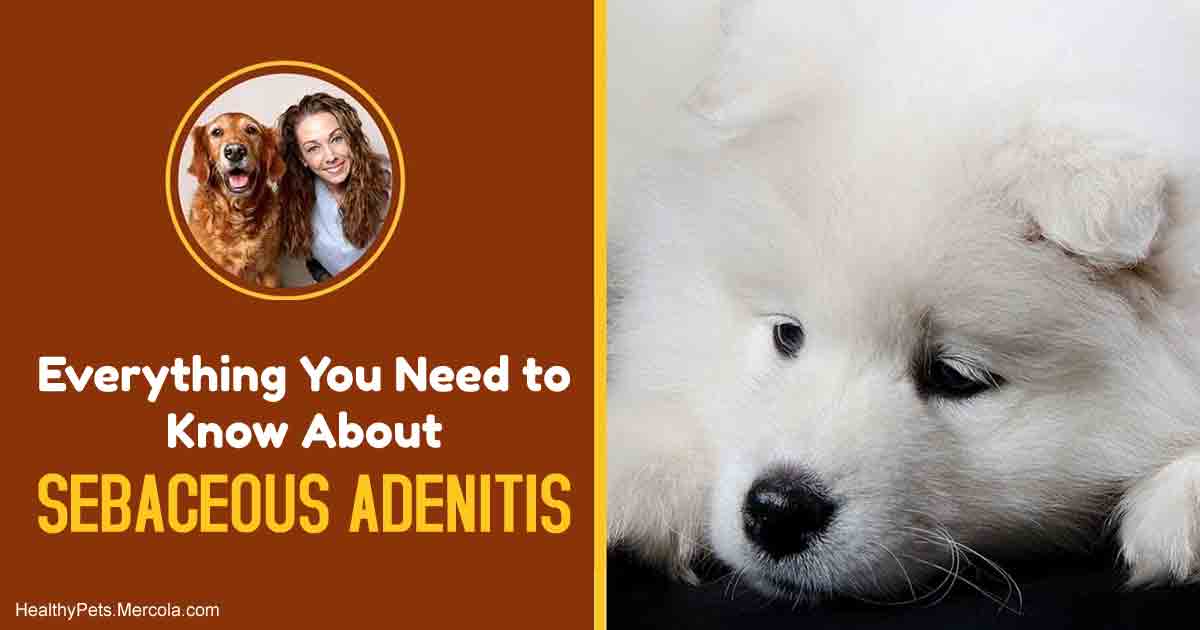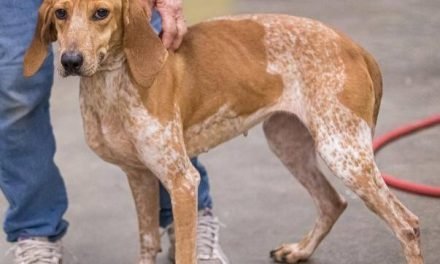Sebaceous adenitis is a reasonably unusual inflammatory skin problem that leads to the damage of sebaceous glands. These glands are discovered in hair roots and produce sebum, an oily compound with antimicrobial homes that hydrates and secures your family pet’’ s skin. The glands produce sebum into hair roots, and the oil then takes a trip out of the roots onto the skin surface area and hair.
Sebaceous adenitis is seen mostly in middle-aged and young pet dogs. Akitas , Poodles, Samoyeds, Chow Chows, Old English Sheepdogs, Vizslas, English Springer Spaniels, Dachshunds and Havanese might be genetically inclined to the condition. The good news is, it’’ s hardly ever seen in cats.
When sebaceous glands are harmed, as occurs with this condition, they produce less sebum or none at all, which causes scaly skin, clogged up hair roots, and ultimately, progressive loss of hair. When the condition is persistent and extreme, the glands can be totally ruined.
The reason for sebaceous adenitis has actually not yet been determined, however there are a great deal of various theories out there. These consist of a keratinization problem, an inflammatory illness of the sebaceous glands, a problem including lipid metabolic process and a harmful autoimmune reaction versus the sebaceous glands, which most vets concur is happening.
.Signs of sebaceous adenitis.
Sebaceous adenitis has 2 kinds —– one happens in long-coated canines, and the other in canines with brief coats. In long-coated types, the condition can trigger an entire variety of signs, consisting of:
Intense itching, scratching and smell along the hairline
Casts that form around the hair shaft
Clumps of matted hair
Bacterial infections of the hair roots
Dull, coarse or fragile coat
Silver-white scales on the skin
Alopecia (loss of hair)
Clusters of skin sores on the head
In short-coated types, the most typical signs are loss of hair, moderate scaling of the skin on the head, ears and trunk and in some cases a secondary bacterial infection along the hairline.
.Medical diagnosis and treatment of sebaceous adenitis.
Since there are numerous skin illness that have signs comparable to sebaceous adenitis, they need to be ruled out. These consist of demodicosis (mange), dermatophytosis (a fungal skin infection), shallow pyoderma (a bacterial skin infection), main seborrhea, follicular dysplasia and endocrine illness such as hypothyroidism and Cushing’s illness .
Your vet will take an in-depth history and carry out an extensive physical examination. Skin cytology will be carried out, together with skin scrapings, fungal and bacterial cultures, endocrine screening and perhaps a skin biopsy to verify the medical diagnosis. Sebaceous adenitis is mostly a cosmetic condition and typically doesn’’ t trouble the afflicted animal unless there’’ s a secondary skin infection. The objective of treatment is to slow the development of the illness and enhance the condition of the skin.
Any animal with sebaceous adenitis ought to get an oral omega-3 fat supplements every day. The advised dosage is 180 milligrams of combined eicosapentaenoic acid (EPA) and docosahexaenoic acid (DHA) per 5 kgs of body weight. I advise an MSC-certified krill oil . In addition, vitamin A supplements can be rather useful at 1,000 IU per kg of body weight, provided orally when a day with an optimum dosage of 20,000 IU per kg.
Schirmer tear tests need to be carried out regularly considering that retinoids, consisting of vitamin A, can change the lipid material of the tear movie, triggering tears to vaporize quicker, which can cause dry eye . Canines with moderate cases need to be bathed with a keratolytic hair shampoo, an emollient moisturizing rinse and a humectant every 2 to 4 days. This is really essential —– these canines need to be bathed extremely routinely.
Conventional treatments consist of propylene glycol sprays and mineral oil soaks. My nontoxic option to these treatments is a coconut oil skin treatment with included rosehip seed oil and argan oil, used as a mask to the body and after that shampooed out. There are a variety of drugs that standard vets likewise utilize to deal with sebaceous adenitis, consisting of prescription antibiotics (both tetracycline and doxycycline), steroids (prednisone), artificial retinoids and cyclosporine.
Some of these drugs are essential, however needless to state, I choose to begin with a natural, nontoxic technique, consisting of a total way of life overhaul that consists of transitioning your pet to an anti-inflammatory, fresh food diet plan that is abundant in skin-supporting anti-oxidants like vitamin C, beta-carotene, vitamin E and polyphenols.
Because of the autoimmune etiology of this illness, impacted pets need to never ever be immunized. I highly motivate you to have your vet do immunologically accountable titers rather. A titer test is a blood test that verifies protective resistance versus illness. A favorable titer implies your animal doesn’’ t requirement to be revaccinated. This is incredibly essential due to the fact that with an immune-mediated condition like sebaceous adenitis, repeated vaccines intensify the issue.
Prescription plant sterols, niacinamide (vitamin B3), high dosages of vitamin C, collagen supplements, MSM and silica supplements have all tested advantageous for pets with sebaceous adenitis. Animals with the illness who are being handled with drugs must have their organ function examined frequently.
Unfortunately, sebaceous adenitis isn’’ t treatable and should be handled for the rest of your canine’’ s life. The great news is with early intervention and a properly designed integrative procedure, pets with this condition can live totally typical lives.
.
Read more: healthypets.mercola.com






Recent Comments